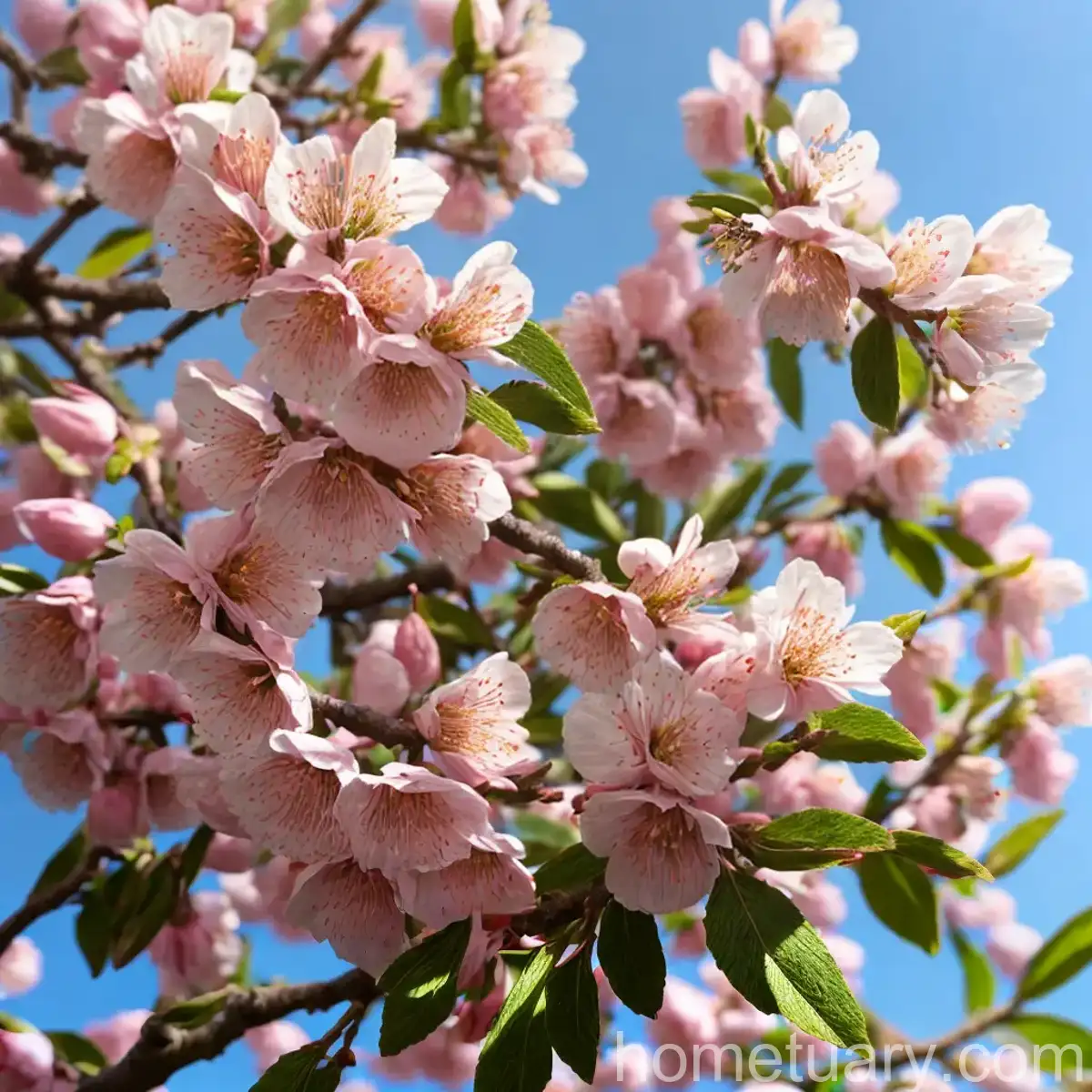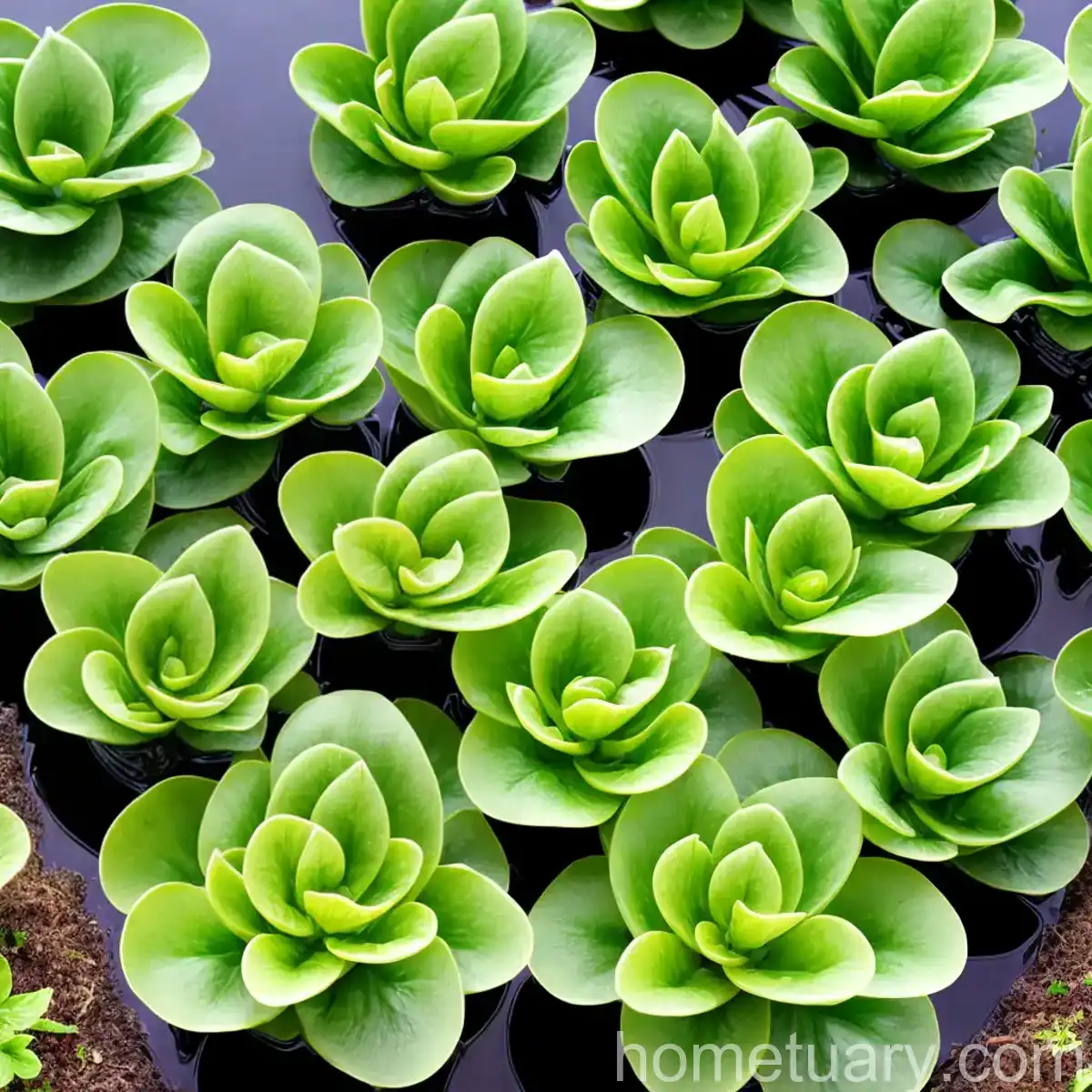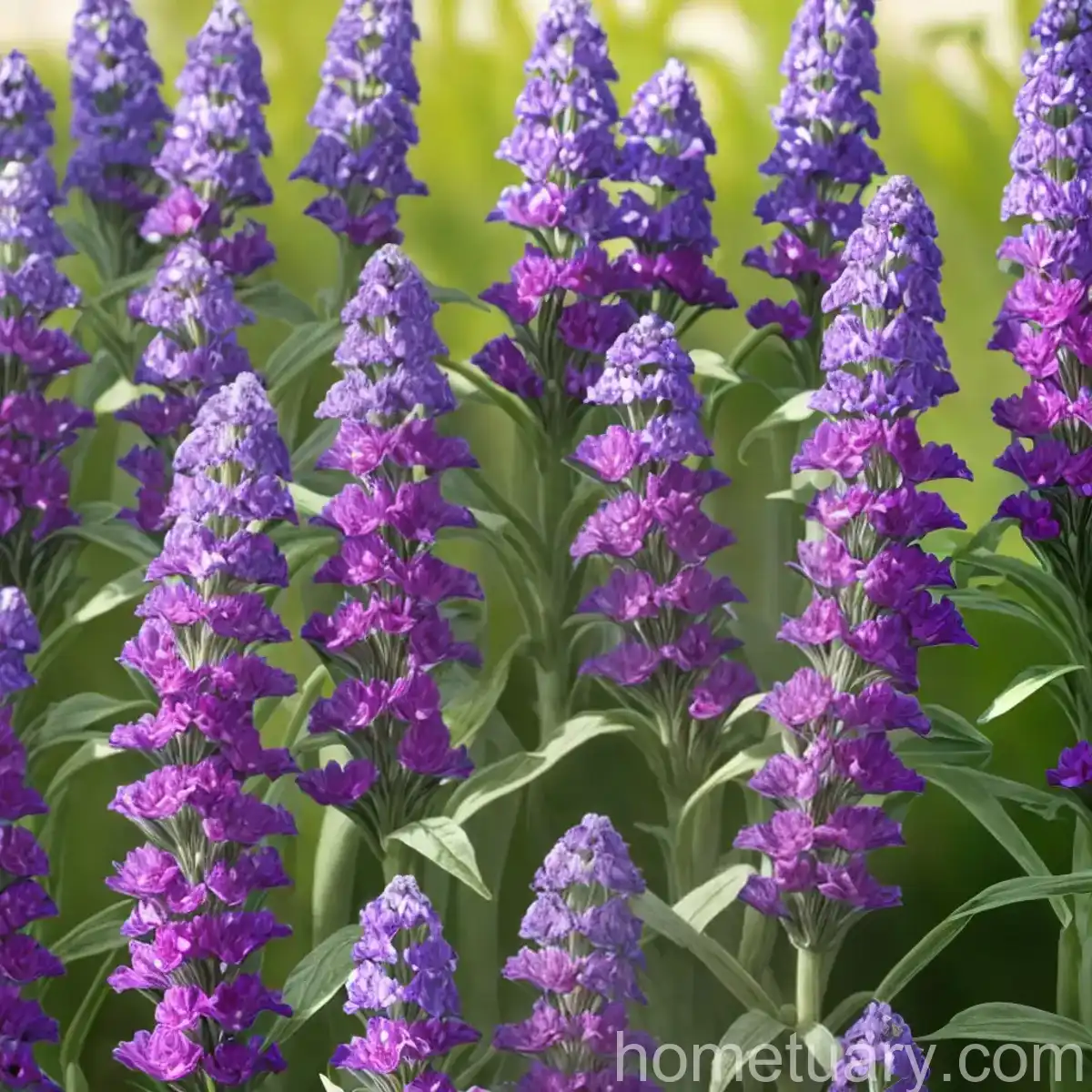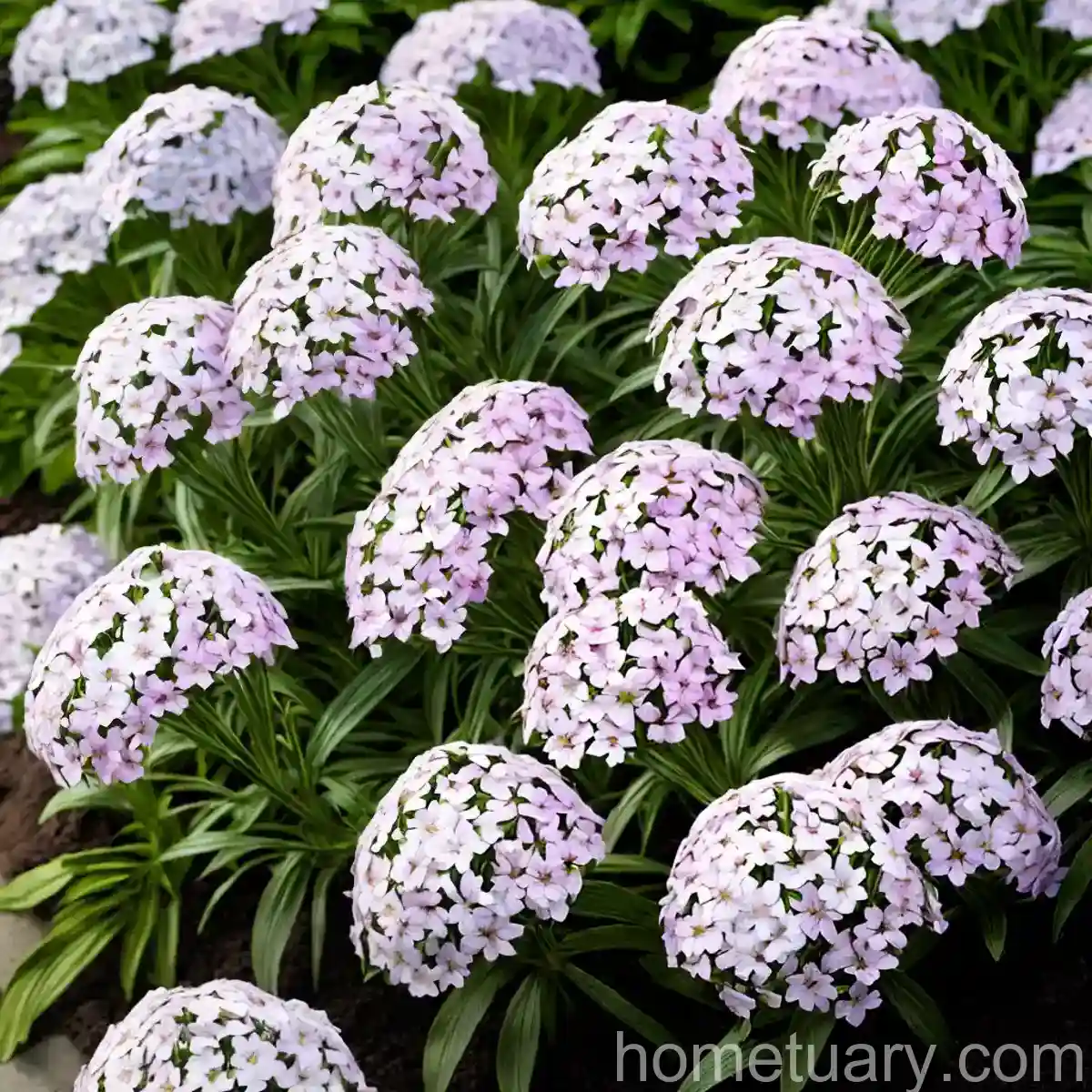Self Heal (Prunella grandiflora ‘Loveliness’): A Plant Scientist’s Guide
Self heal, scientifically known as Prunella grandiflora ‘Loveliness’, is a fascinating plant with numerous healing and medicinal properties. In this comprehensive guide, we will delve into the cultural, uses, growth requirements, propagation, common diseases and pests, and a myriad of other aspects related to self-heal. We will also explore botanist’s tips, fun facts, and provide links to external resources for further exploration.
What is Self Heal (Prunella grandiflora ‘Loveliness’)?
Self heal, or Prunella grandiflora ‘Loveliness’, is a herbaceous perennial plant that belongs to the mint family, Lamiaceae. It is native to Europe, Asia, and North America and is known for its beautiful, vibrant flowers. The plant has a rich history of traditional medicinal use and is valued for its healing properties.
Key Takeaways – Self Heal (Prunella grandiflora ‘Loveliness’)
Before we explore the cultural, uses, and other aspects of self heal (Prunella grandiflora ‘Loveliness’), let’s quickly highlight the key takeaways associated with this remarkable plant:
- Medicinal plant with healing properties
- Herbal remedies for common ailments
- Herbaceous perennial with vibrant flowers
- Native wildflower with cultural and traditional significance
- Healing garden plant with natural health benefits
- Plant-based alternative medicine with holistic healing properties
- Sustainable gardening with self heal plants
- Ornamental healing plant valued for its symbolic significance
Now, let’s dive into the essential aspects of growing and nurturing self heal plants.
Culture
Uses
Self heal, as the name suggests, is renowned for its healing properties. The plant has been traditionally used as an herbal remedy for various ailments. It is believed to have antiviral and immune-boosting properties, making it a valuable addition to herbal medicine gardens.
Water
Self heal plants thrive in consistently moist but well-drained soil. It is important to water them regularly, especially during dry periods, to maintain the desired level of moisture. However, it is important to avoid waterlogging, as excessive moisture can lead to root rot.
Sunlight
These plants prefer partial shade to full sun. In regions with hot climates, providing them with some shade during the hottest part of the day can be beneficial. However, they can tolerate a wide range of light conditions.
Fertilizer
Self heal plants are not heavy feeders. A balanced, all-purpose fertilizer applied in spring can support healthy growth and flowering. It is essential to follow the recommended dosage to prevent over-fertilization, which can be detrimental to the plant’s health.
Soil
These plants thrive in well-draining, fertile soil with a slightly acidic to neutral pH. Incorporating organic matter into the soil can improve its structure and fertility, creating an ideal growing environment for self heal plants.
Pruning
Regular deadheading and trimming can encourage continuous blooming and maintain the plant’s attractive appearance. Pruning also helps prevent self heal plants from becoming too invasive and promotes healthy growth.
Propagation
Self heal plants can be propagated through division or by sowing seeds. Dividing mature plants in early spring or fall can help rejuvenate them and create new plantings. Seeds can be sown directly in the garden or started indoors before the last frost.
Container Popularity
While self heal plants can thrive in garden beds, they are also well-suited for container gardening. Their low maintenance requirements and attractive blooms make them a popular choice for adding color and texture to containers on patios, balconies, and other outdoor spaces.
Common Diseases
Like any plant, self heal is susceptible to certain diseases. Common diseases that can affect self heal plants include:
- Powdery mildew
- Root rot
- Leaf spot diseases
Disease Diagnosis
Identifying and diagnosing plant diseases is crucial for implementing appropriate control measures. Regular monitoring for symptoms such as discoloration, wilting, or unusual growth can help in early detection and management of diseases.
Common Pests
Self heal plants are relatively resistant to pests. However, they may occasionally encounter issues with:
- Aphids
- Spider mites
- Snails and slugs
Implementing integrated pest management practices can help prevent and manage pest infestations effectively.
Botanist’s Tips
To ensure the successful growth and well-being of self heal plants, here are some valuable tips:
- Provide well-draining soil to prevent waterlogging.
- Water consistently to maintain adequate moisture levels.
- Monitor for signs of disease and pest infestations.
- Prune regularly to promote healthy growth and flowering.
- Incorporate organic matter into the soil to improve fertility.
Fun Facts
- The name “Prunella” is derived from the German word “brunella,” which refers to a small brown plant used in dyeing.
- Some species of self heal have been used as a tea substitute, especially in China.
Links to External Resources
For further exploration of self heal (Prunella grandiflora ‘Loveliness’) and related topics, here are some valuable external resources:
- The Complete Medicinal Herbal – A comprehensive guide to herbal remedies and medicinal plants.
- Wildflowers: A Collection of Photographs – Stunning photographic collection showcasing the beauty of native wildflowers.
- The Herbal Medicine-Maker’s Handbook – A practical guide to creating herbal remedies and tinctures from medicinal plants.
In this guide, we have explored the cultural significance, uses, growth requirements, common diseases and pests, botanist’s tips, and fun facts related to self heal (Prunella grandiflora ‘Loveliness’). This remarkable plant, with its healing properties and vibrant flowers, is an invaluable addition to gardens and landscapes, offering both ornamental beauty and medicinal value. Whether you are a seasoned gardener or a plant enthusiast, self heal plants, with their rich history and natural health benefits, are a captivating subject of exploration and cultivation.















